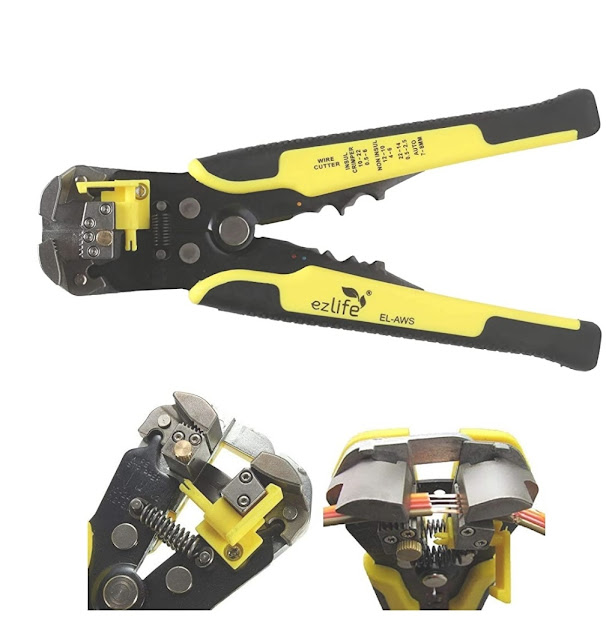SUPW SYLLABUS - CLASS IX
SYLLABUS
FOR SUPW CLASSES IN KENDRIYA VIDYALAYA
Class IX ( THEORY)
April:
1. Safety device
• Fuse (already in lower class)
• Circuit breakers (Earth leakage
Circuit breaker, Miniature circuit breaker)
• Isolators ( Two poles &
Four poles)
July :
1. Earthing
• Importance
• Use
• Types of earthling, diagrams
August:
1. Electromagnetism
• Faraday’s law of
Electromagnetism
• Fleming’s left hand rule
• Fleming’s right hand rule
September:
1. Motor and Generator
• Motor: principle, types, uses
• Generator: Principles, types
and use
October:
1. House wiring (Part B)
• Basic principle of switch board
connections
• Why a switch is to be connected
in phase wire only and never in neutral wire
November:
1. Switch Boards
• Connection of Switch board of following types:
a) One load, one switch
b) Two loads, two switches
c) One load, two switches
d) Two loads, one switch
e) Bed switch
f) Fuse in a switch board
g) Tube light connection
December:
1. Bulbs / Tubes ( In brief)
• Basic principle
• Types of bulb
• Domestic and Industrial bulbs
• Power saving bulbs i.e. CFL
• Tube lights
2. Electrical Instruments
• Ammeter: principle, use and
types
• Voltmeter: principle, use and
types
• Multi meter: importance,
Principle, use and types
January:
1. Electronics
a) Soldering Iron
• Working
Principle
• Types , use
b) Basic electronics materials
• Resistors:
functions & use, Color code
• Capacitors:
functions & use
• LED :
Function & use
February:
1. Diodes and their characteristics
2. Transistors
• Working Principle
• Types , use
March :
1. Ohm’s law
• Explanation of Ohm’s law
PRACTICAL FOR CLASS IX
1. Identify the objects needed for house wiring
2 Do the practical switch board connection of :
a) One load, one switch
b) Two loads, two switches
c) One load, two switches
d) Two loads, one switch
e) Bed switch
f) Fuse in a switch board
g) Tube light connection
3. Measure Current by using an ammeter
4 Measure voltage by using a voltmeter.
5 connect all the components of a normal tube light
fittings.
6 Do soldering on a practice board and join two wires.
7. Identify different electronics items like resistors,
capacitors, transistors etc
8. Visit to a near by industry and see various types of
bulbs & lighting
accessories.

Comments
Post a Comment